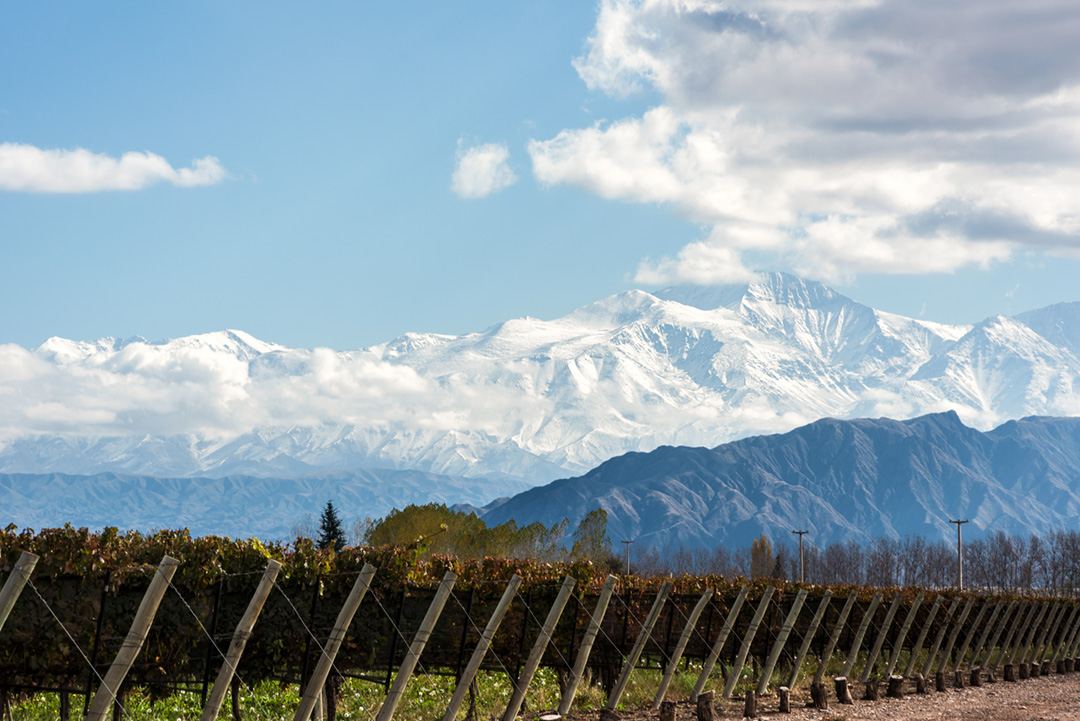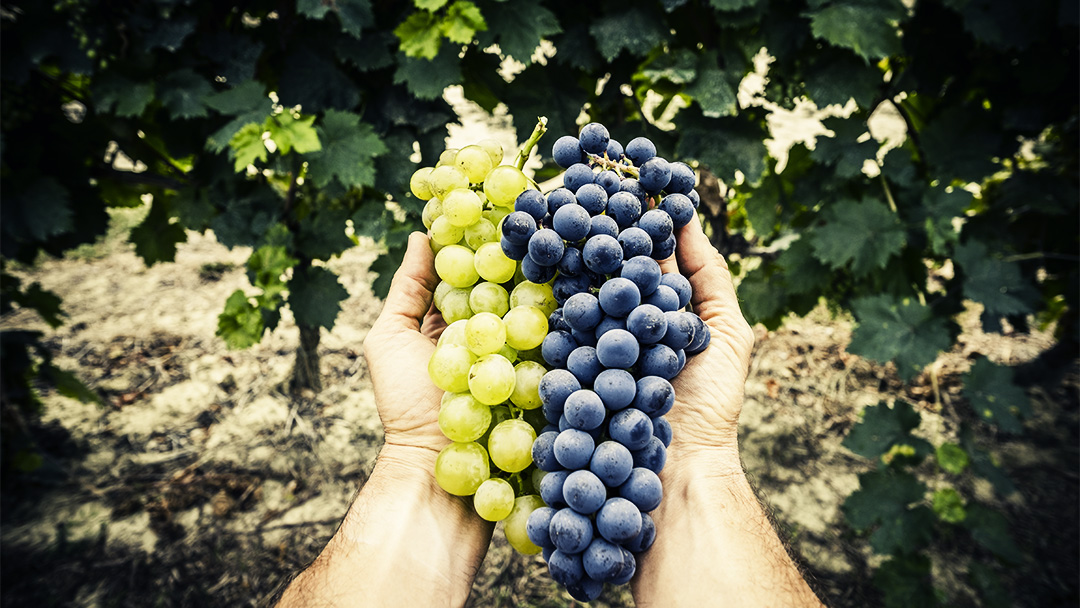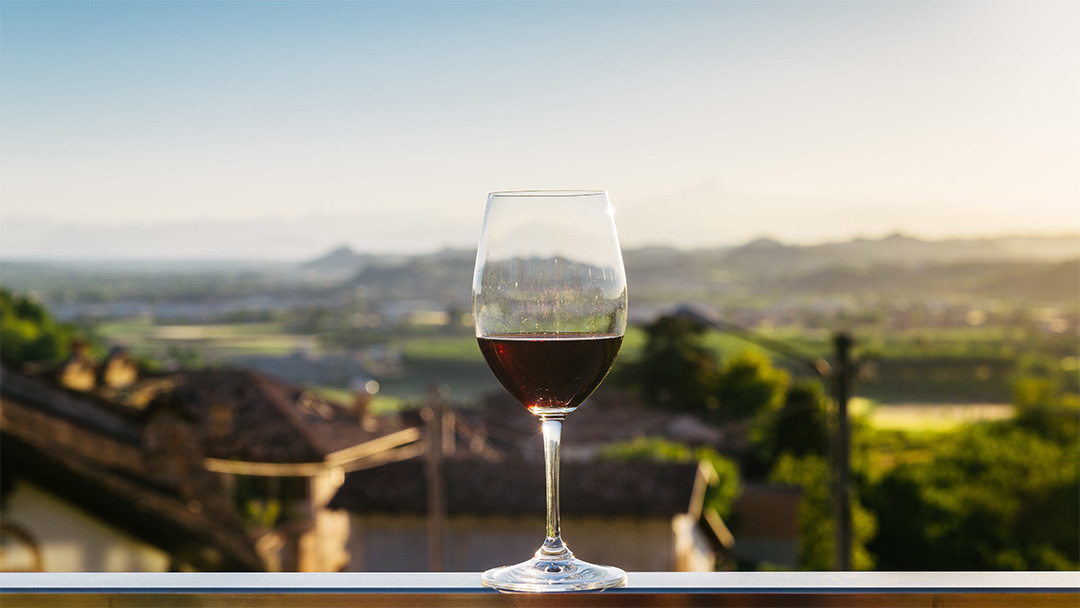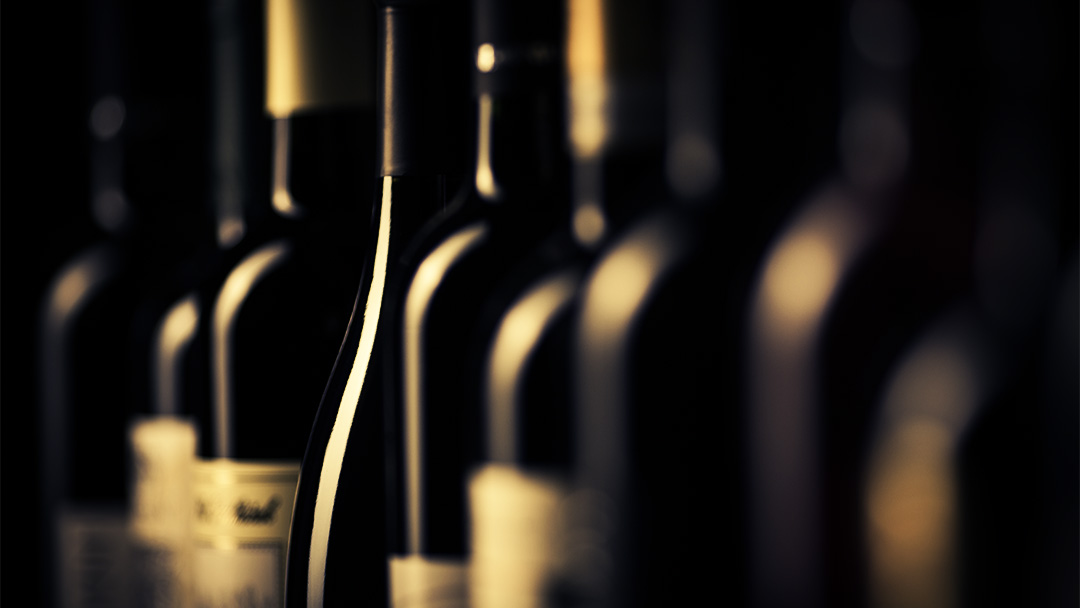The Chilean wine industry has come a long way since vines were first planted in 1550 by Spanish conquistadors. Today, they’re a major wine producer domestically and internationally. In fact, Chile is the largest wine exporter in the entire Southern Hemisphere and the fourth largest in the world behind the heavy hitters: France, Italy and Spain.
Table of Contents
The Landscape

Chile, a slender strip of land located between the Pacific Ocean and the Andes, boasts a wide range of terroirs. The Aconcagua Valley is one of the five primary wine regions in Chile. It shares its name with the mountain, which reaches over 22,000 feet and provides water to the vineyards by way of its snow-capped peaks.
Inland—where it’s warmer and very sunny—you’ll find the ideal conditions for red grape growing. Then, there are newer vineyards near the coast, where the climate is cooler, which have been known to produce the country’s best white wines.
Predominantly sandy, the soil in the Aconcagua Valley plays a critical role in viticulture, not in what it gives back to the wine, because it’s not much, but what the sandy soil prevents: phylloxera. That’s a microscopic insect known to wreak havoc on vines and roots, essentially killing them. These pests were the reason that Europe’s vineyards were destroyed in the late 1800s, essentially giving Chile an opportunity to grow their wine production and exportation against their European competitors.
Grape Varietals

Chilean grapes are a mixture of Spanish and French varieties, with more modern wineries experimenting with new varietals. The most popular grapes are:
Black/Red Grapes
Cabernet Sauvignon
- Produced as a varietal wine or a majority grape in a blend
- Potential to age for decades
- Flavor/aroma: black currant, olives, smoke, eucalyptus/mint
Pais
- Most cultivated variety in the country up until the 21st century when Cabernet Sauvignon took the top spot
- Not suitable for the export of premium quality wines
- Produces rustic red wines/jug wines
- Flavor/aroma: tangy, cherry, roses
Carménère
- Originally planted in the Médoc region of Bordeaux, France, this varietal was thought to be decimated by the phylloxera plague
- In Chile, this grape was mistakenly identified as Merlot until a French oenologist investigated further with an official DNA study
- It’s since become a prize grape/national symbol of Chilean wines
- Flavor/aroma: spice, berries, cherry
White Grapes
Chardonnay
- Thrives in cool climates
- Well-balanced with fresh acidity
- Flavor/aroma: tropical fruit, minerality
Sauvignon Blanc
- Second most planted grape in Chile
- High acidity
- Flavor/aroma: citrus, fresh grass
Chilean Wine Styles

Red Wines
Cabernet Sauvignon
- Chile prides itself on the Bordeaux-style Cabernet blends
- Structured and intense with high acidity
- Flavor/aroma: spicy, tart, dark berries
Carménère
- Should be consumed while young
- Moderate tannin level with a medium body
- Flavor/aroma: spicy, green pepper, smoky
Merlot
- High acidity, fairly low alcohol
- Medium-bodied
- Flavor/aroma: plum, vanilla, black raspberry
White Wines
Chardonnay
- High acidity, full-bodied
- More similar to a Sauvignon Blanc than a Napa Chardonnay
- Flavor/aroma: apple, pear, tropical fruit
Sauvignon Blanc
- Fresh acidity with a medium-to-full body
- Flavor/aroma: grapefruit, lemon, white peach
The Classifications

With Chile being considered New World wines, their wine laws closely resemble the U.S.’s appellation system versus Italy’s or most of Europe’s laws.
Chilean Wine Classifications
Set by the Ministry of Agriculture in 1995, Chilean wines are classified into the following categories:
- Wines with designation of origin
- Wines without designation of origin
- Table wines
Export Wines
Exported wines need to meet the following minimum alcohol percentages:
- Reds: 11.5% ABV
- Whites: 12% ABV
Label Requirements for Aging
Age requirements when using certain terminology:
- Especial: two years
- Reserva: four years
- Gran Vino: six years minimum
Label Requirements for Blending
- Varietal labeled wines are required to contain at least 75% of the grape variety if it’s to be consumed inside the country.
- Vintage dated wines are required to have at least 64% of grapes harvested in the labeled year.
- If the wine is exported, it must contain 85% of the varietal listed on the label as well as at least 85% from the designated vintage year.
- For a label to have a wine region on it, 85% of the grapes must be from that region.